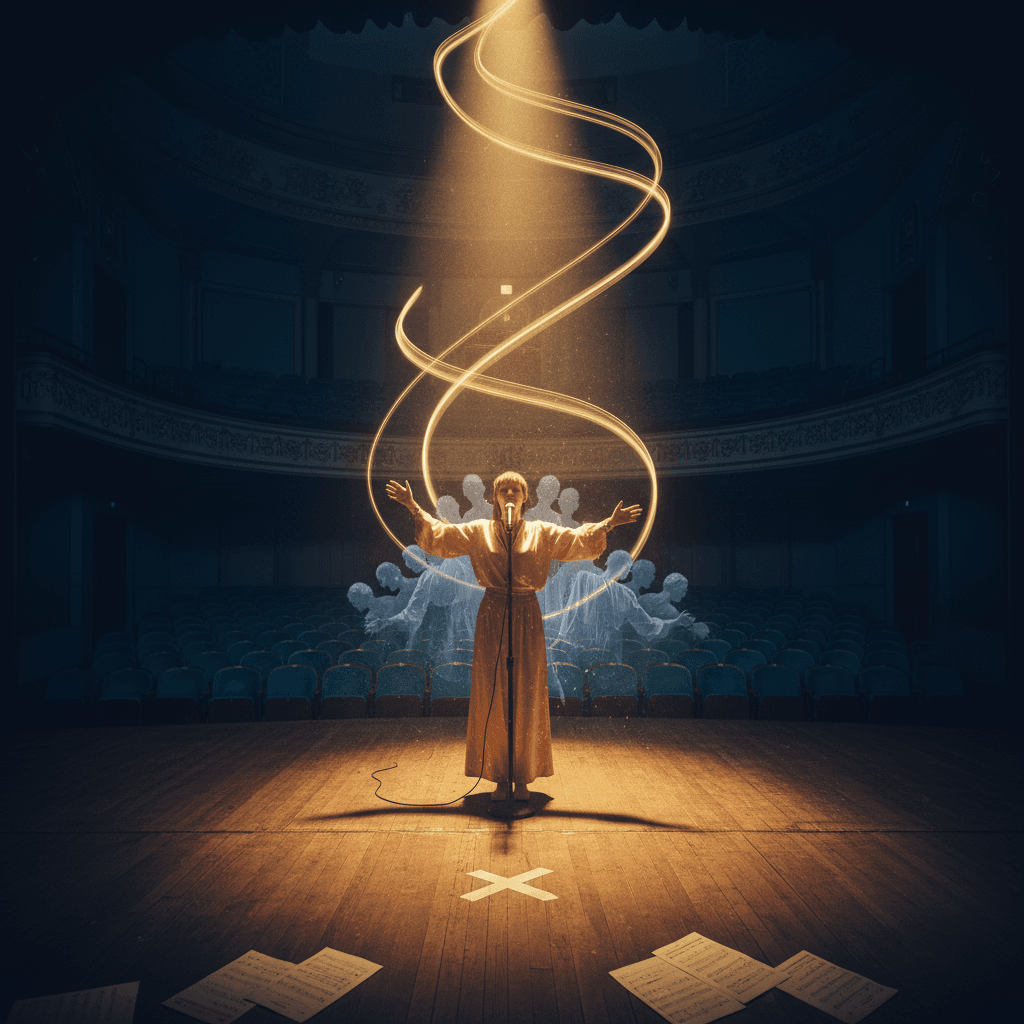Rehearsal Transforms Hesitation into the Voice of Action

Turn hesitation into rehearsal; practice frees the voice of action. — Max Ehrmann
The Pivot from Pause to Preparation
Max Ehrmann’s dictum reframes hesitation not as failure but as a starting line. Instead of treating the pause before action as a void, he recasts it as a rehearsal space where skill, confidence, and intention are built. In this light, practice is not merely repetition; it is a liberating force that gives shape to our impulses and turns them into purposeful motion. As a result, what once felt like stalling becomes structured preparation, and the “voice of action” emerges—clear, grounded, and ready to be heard.
How Practice Calms the Fear Circuit
To move from doubt to doing, the brain must learn safety. Repeated, graduated exposure reduces threat responses, allowing the prefrontal cortex to regulate the amygdala. Research on fear and extinction learning (Joseph LeDoux, The Emotional Brain, 1996) shows that controlled encounters with stressors lower physiological arousal over time. In practical terms, rehearsal shrinks the unknown: scripts become familiar, contingencies predictable, and errors informative rather than alarming. Thus, practice does not merely add skill; it subtracts fear, making action feel less like a leap and more like a step.
Historical Proof: Demosthenes and Deliberate Constraint
History offers vivid evidence that rehearsal frees expression. Plutarch’s Life of Demosthenes (c. 100 AD) recounts how the Athenian orator practiced speeches with pebbles in his mouth and trained his voice against ocean waves. These constraints, seemingly harsh, heightened control and clarity when it mattered. By pushing harder in rehearsal than in performance, Demosthenes turned hesitation—born of a weak voice and ridicule—into commanding presence. His story shows how disciplined practice manufactures the courage that idealism alone cannot supply.
The Mechanics of Deliberate Practice
Moving from folklore to framework, Anders Ericsson’s work on deliberate practice demonstrates that targeted, feedback-rich drills build expert performance (Ericsson & Pool, Peak, 2016). Rather than rote repetition, effective rehearsal isolates sub-skills, sets stretch goals, and closes the loop with immediate corrections. This structure frees the “voice of action” by automating mechanics, so attention can shift from “How do I do this?” to “What do I say or create now?” In short, mastery accelerates expression because fluency reduces cognitive load.
Micro-Rehearsals and If–Then Plans
Yet large goals often stall in ambiguity; therefore, shrink rehearsal. Peter Gollwitzer’s implementation intentions (1999) show that if–then plans—“If it’s 8 a.m., then I draft the first sentence”—prime behavior at the right moment. Paired with mental contrasting and WOOP (Oettingen, 2014), micro-rehearsals convert vague intent into reliable action scripts. By practicing transitions—starting, continuing after interruption, and finishing—you transform the friction points that feed hesitation into practiced moves that carry you forward.
Artistic Freedom Built on Scales and Games
Artists exemplify how rehearsal unlocks spontaneity. Viola Spolin’s Improvisation for the Theater (1963) uses structured games to train attention and trust, yielding fluid performances that feel effortless. Similarly, jazz improvisers internalize patterns so creativity can leap without stumbling; Paul Berliner’s Thinking in Jazz (1994) documents how deep practice of scales, voicings, and call-and-response yields freedom on stage. Thus, constraint in rehearsal births liberty in performance—an apparent paradox resolved by skill made second nature.
From Practice to Public Action
Finally, practice reshapes identity through mastery experiences, raising self-efficacy (Albert Bandura, 1977). Small wins accumulate (Karl Weick, 1984), converting self-doubt into evidence-based confidence. Start with brief, repeatable reps—one paragraph, one cold call, one prototype—and let feedback refine the next iteration. As the loop accelerates, hesitation loses its grip; action speaks not because fear vanishes, but because practice has given your voice something steady to say.